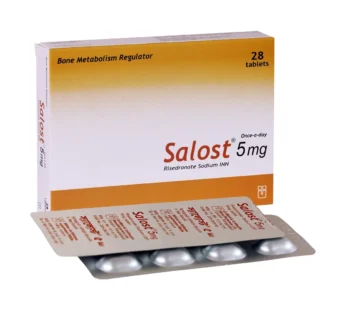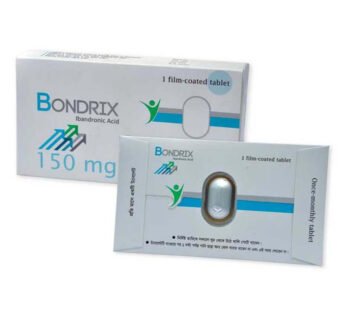Indications:
Cloram is used to treat ocular infections involving the conjunctiva and/or cornea caused by organisms susceptible to Chloramphenicol, including:
- Staphylococcus aureus
- Streptococcus pneumoniae
- E. coli
- H. influenzae
- Klebsiella/Enterobacter spp.
- Moraxella lacunata
- Neisseria species
Pharmacology:
Chloramphenicol is a broad-spectrum bacteriostatic antibiotic that works by inhibiting bacterial protein synthesis. It achieves this by interfering with the transfer of activated amino acids from soluble RNA to ribosomes, preventing bacteria from synthesizing proteins needed for their growth.
Dosage & Administration:
- Adults and Children: Instill 1 or 2 drops in the conjunctival sac 4-6 times per day for the first 72 hours, then reduce the frequency to every 4 hours thereafter.
- Continue treatment for approximately 7 days, but it should not extend beyond 3 weeks without re-evaluation by a physician.
Interaction:
- Chymotrypsin: May be inhibited if given simultaneously with Cloram.
Contraindications:
- Cloram is contraindicated in individuals who have a history of hypersensitivity to Chloramphenicol or any other ingredient in the preparation.
Side Effects:
- Generally, systemic adverse reactions are rare with short-term topical use.
- Common adverse reactions include:
- Burning or stinging in the eyes
- Conjunctival hyperemia (redness)
- Blood dyscrasia (e.g., granulocytopenia, thrombocytopenia, moderate anemia)
- Allergic or inflammatory reactions
- Vesicular and maculopapular dermatitis (skin rashes)
Pregnancy & Lactation:
- Safety during pregnancy and lactation has not been established.
- Use Cloram only when essential and after consulting a physician.
Precautions & Warnings:
- Cloram should never be used for minor infections or prophylaxis.
- Repeated courses and prolonged treatment should be avoided to minimize the risk of blood dyscrasias.
- Blood dyscrasias, such as granulocytopenia, thrombocytopenia, and moderate anemia, may occur after prolonged use of the ophthalmic solution.
Overdose Effects:
- Accidental ingestion of Cloram is unlikely to cause any significant toxicity due to the low antibiotic content in the solution.
Therapeutic Class:
- Ear Anti-Infectives & Antiseptics
- Eye Anti-Infectives & Antiseptics
- Macrolides
Storage Conditions:
- Store Cloram in a cool (2°C-8°C) and dry place, away from light.
- Keep out of reach of children.
- Do not touch the dropper tip to any surface to avoid contamination.
- Do not use after 30 days from the first opening of the bottle.











Reviews
There are no reviews yet.